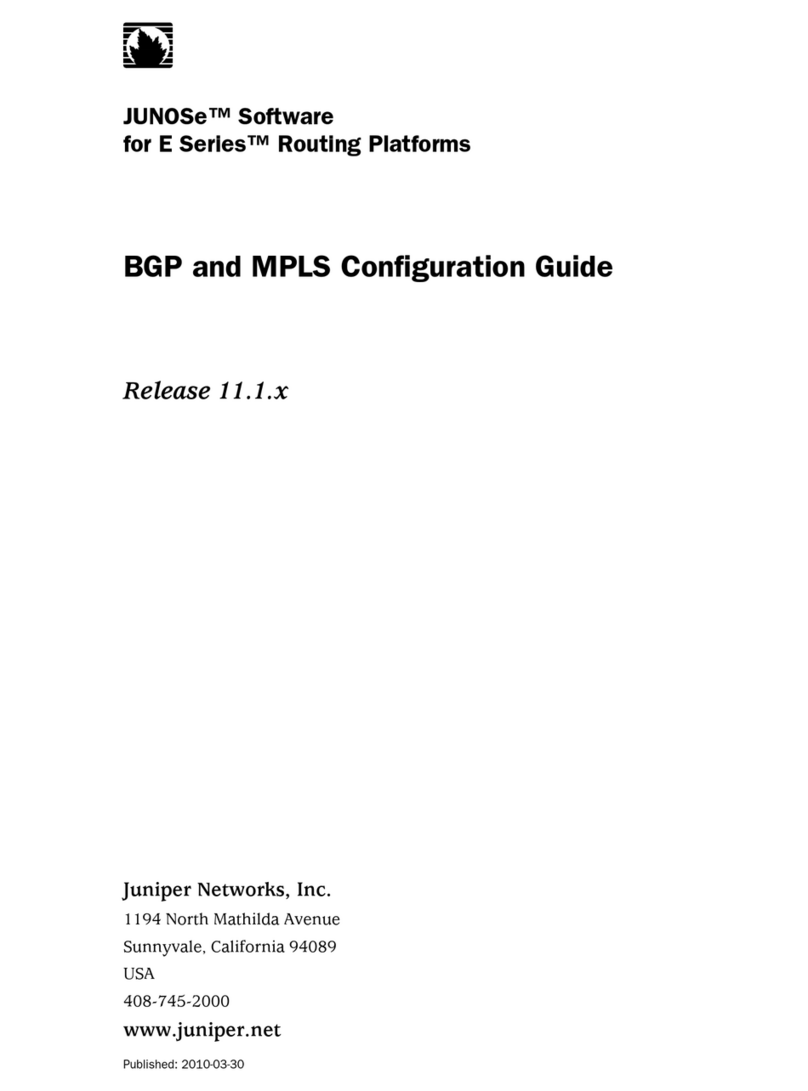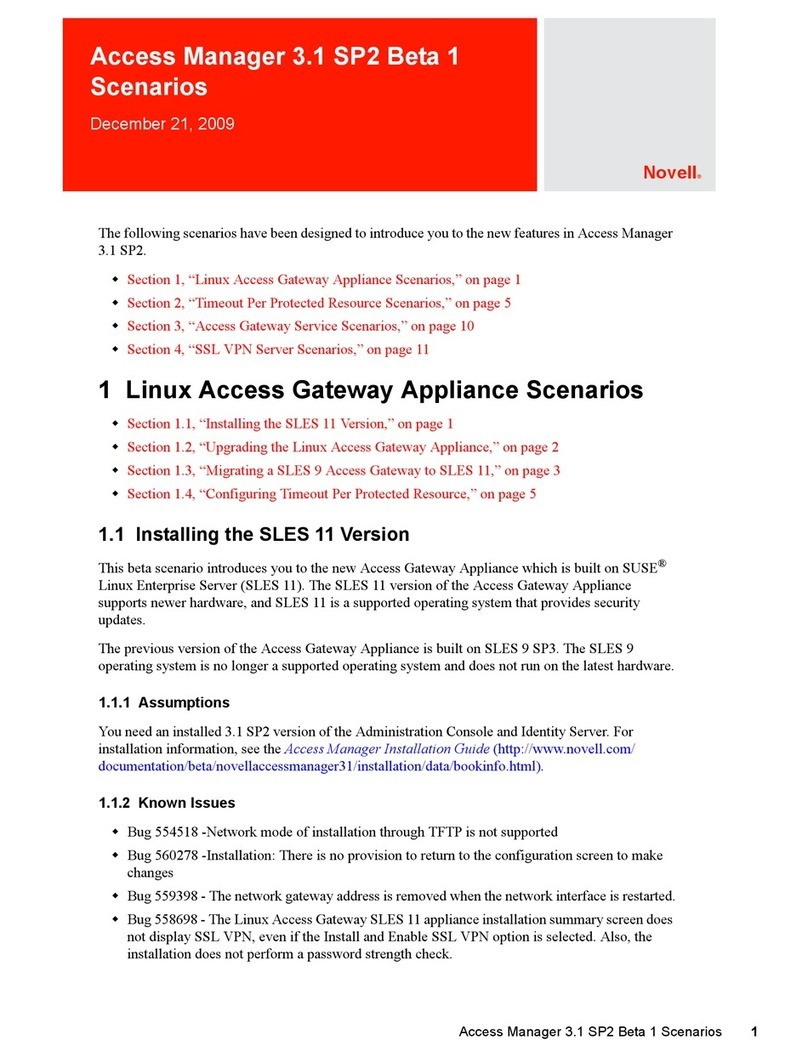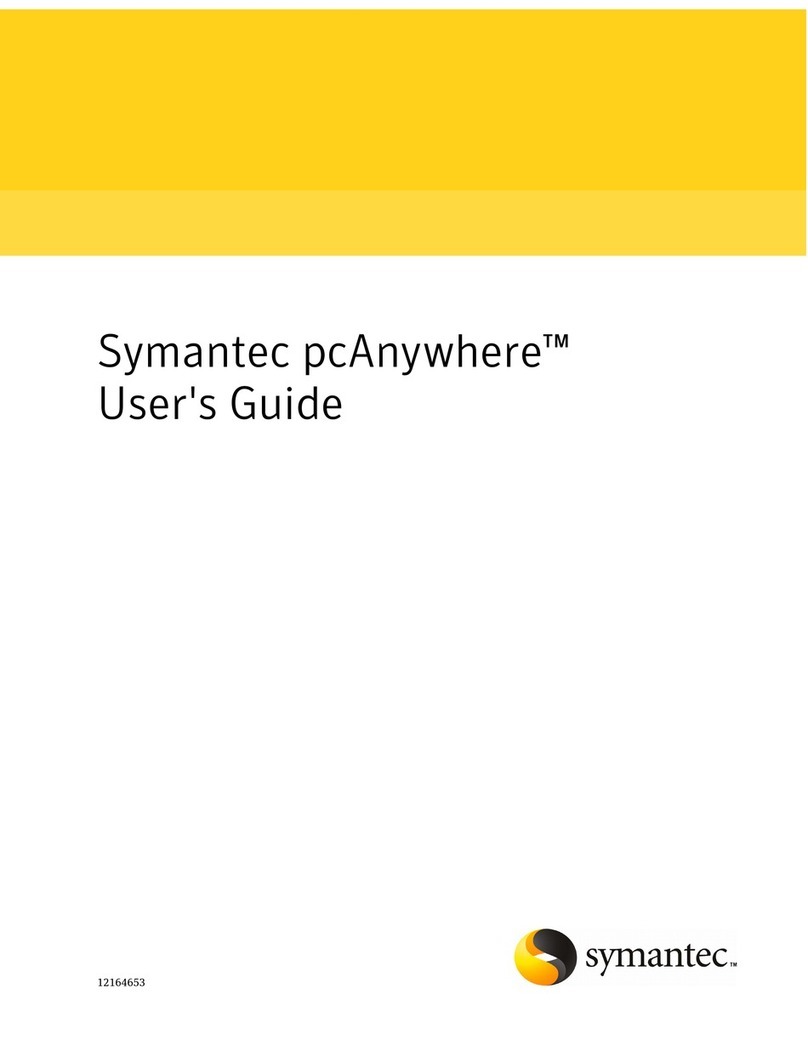ETL Esse-ti HELPY 2W-V User manual

05/06/2018
AUTODIALER SYSTEM FOR LIFTS
MANUAL
HELPY 2W-V

Page 2 DESCRIPTION
DESCRIPTION
Autodialer to be fitted behind the cop or on top of the car / retrofit.
A Connector for Esse-ti power supply
(12 Vdc)
B Micro SD Card slot
C Device status LED
D Serial port for PC connection
E Reset pushbutton
F Terminal blocks
G Built-in loudspeaker
H Given alarm indicator light
I Received alarm indicator light
L Built-in microphone
M RJ11 connector for local telephone
Helpy 2W-V models
CODE POWER SUPPLY BUILT-IN LEDS
5HL-001 12 Vdc •
5HL-005 12 Vdc
5HL-030 24 Vdc •
5HL-035 24 Vdc

TERMINAL BLOCKS Page 3
TERMINAL BLOCKS
+Power supply input 12 Vdc or 24 Vdc
-Negative
AI Given alarm indicator light (12 Vdc)
AR Received alarm indicator light (12 Vdc)
+12 12 Vdc output (max. 100 mA)
CCommon terminal(1) for inputs AL1 and IN1
-Negative
AL1
AL2
IN1
ALT2
MIC2
MIC3
Alarm input(2) 1
Alarm input(3) 2 / Auxiliary input(3) / Reset input(3)
Filter input(2) / Reset input(3)
Output for connecting loudspeaker of passive speaker unit
Input for connecting microphone of passive speaker unit or single
microphone
Input for connecting microphone of passive speaker unit or single
microphone
-Negative
TEL Local telephone
RL1 Relay(4)
RL1 Relay(4)
LTI
LTI
BUS+
BUS-
TX
RX
Ground terminal for telephone line
PSTN-line or universal GSM gateway input
PSTN-line or universal GSM gateway input
Bus for connecting 2W speaker units
Bus for connecting 2W speaker units
TX for serial connection to elevator CPU (RS-232)
RX for serial connection to elevator CPU (RS-232)
(1) : can be connected to a block –, to the block +12 or to an external reference
(2) : allows to connect voltage free contact pushbuttons (NO or NC) or powered pushbuttons
(3) : allows to connect voltage free contact (NO or NC)
(4) : free contact NO

Page 4 CONNECTING THE SPEAKER UNITS
CONNECTING THE SPEAKER
UNITS
Helpy 2W-V comes with a built-in speaker unit.
It is also possible to connect to the Helpy 2W-V:
-up to 16 independent 2W speaker units by means of the 2-wire bus (4
units with direct power supply from the bus and 12 with separate power
supply)
-up to 2 passive speaker units (or cables with microphone) combined to
the built-in speaker unit.
Note: a 2W speaker unitallows torealize an independent voice
point with dedicated pushbutton and indicator lights.
Note: apassive speaker unit must be connected to the Helpy 2W-
V’s autodialer or to another 2W speaker unit and allows to
double it. The passive speaker unit can be installed at max. 6
m distance from Helpy 2W-V (or from 2W speaker unit) by
using a shielded cable.
Each 2W speaker unit connected over the bus (the built-in speaker unit is
included) must have a unique ID. Speaker units with the same ID can not have
access to the bus and are not working.
Note: the identifier 01 must be assigned to the lift car's speaker unit
(default is assigned to the Helpy 2W-V loudspeaker). If the
01 ID is assigned to a 2W speaker unit, 2W-V's
loudspeaker automatically takes the ID 99 (it is possible to
assign a new ID to the 2W-V's loudspeaker through the code
73).
Assign, using the DIP switch, an ID to each 2W speaker unit (see next
paragraph).
Connect the speaker units (beware of terminal polarity):
2W SPEAKER UNIT HELPY 2W-V
BUS+ BUS+
BUS–BUS–
PASSIVE SPEAKER UNIT HELPY 2W-V
A ALT2
B MIC2 or MIC3
– –

CONNECTING THE SPEAKER UNITS Page 5
2W speaker unit description
A Loudspeaker
B Given alarm indicator light *
C Received alarm indicator light *
D DIP switch for ID assignation
E Pushbutton *
F Terminal blocks:
+12 Power supply input 12 Vdc
—
AR+
AI+
AR—
AI—
Negative
Green LED. Received alarm indicator light (light positive pole)
Red LED. Given alarm indicator light (light positive pole)
Green LED. Received alarm indicator light (light negative pole)
Red LED. Given alarm indicator light (light negative pole)
AL1— Alarm input
AUX
Auxiliary input / Alarm input / Filter input
AL1+ Alarm input
BUS— Bus for connecting Helpy 2W-V
BUS+
Bus for connecting Helpy 2W-V
*only for some models

Page 6 CONNECTING THE SPEAKER UNITS
G Terminal blocks for connecting passive speaker unit
ALT2 Output for connecting loudspeaker of passive
speaker unit
MIC2 Input for connecting microphone of passive speaker
unit or single microphone
— Negative
H Microphone
DIP switch
The DIP switch allows to assign an ID (01~16) to each 2W speaker unit
connected to the bus.
Note: it is possible to verify the operating devices over the bus
through the code 63.
ID: 01 ID: 02 ID: 03 ID: 04
ID: 05 ID: 06 ID: 07 ID: 08
ID: 09 ID: 10 ID: 11 ID: 12
ID: 13 ID: 14 ID: 15 ID: 16

CONNECTING THE EMERGENCY CALL BUTTONS Page 7
CONNECTING THE EMERGENCY
CALL BUTTONS
Car pushbutton
It is possible to connect (inside the elevator car) voltage free contact
pushbuttons or powered pushbuttons.
Connect, following one of the diagrams shown below, the car
pushbutton.
Voltage free contact pushbuttons
Powered pushbuttons (12~24Vdc) – 2 solutions

Page 8 CONNECTING THE EMERGENCY CALL BUTTONS
Passive speaker unit pushbuttons
In case of passive speaker units without built-in pushbutton it is possible to
use voltage free contact pushbuttons (NO or NC).
Connect, following the diagram shown below, the external pushbutton.
2W speaker unit pushbuttons
It is possible to connect external pushbuttons (voltage free contact pushbuttons or
powered pushbuttons) to 2W speaker units without built-in pushbutton.
Connect, following one of the diagrams shown below, the external
pushbutton to the 2W speaker unit.

CONNECTING THE EMERGENCY CALL BUTTONS Page 9
(this solution is allowed only if the
negative pole of Helpy 2W-V is not
connected to the negative pole of
the lift)

Page 10 CONNECTING THE INDICATOR LIGHTS
CONNECTING THE INDICATOR
LIGHTS / PICTOGRAMS
The GIVEN ALARM INDICATOR LIGHT (yellow) switches on after pressing
the emergency button to indicate the beginning of the alarm procedure. The
RECEIVED ALARM INDICATOR LIGHT (green) switches on when the
alarm call is answered.
Some Helpy 2W-V models come with built-in indicator lights. It is also
possible to connect external indicator lights.
Connect, following the diagram shown below, the external indicator
lights to the Helpy 2W-V.
Green LED
Red LED

CONNECTING THE INDICATOR LIGHTS Page 11
2W speaking unit indicator lights
Some 2W speaking unit models come with built-in indicator lights. It is also
possible to connect external indicator lights.
Connect, following one of the diagrams shown below, the external
indicator lights to the 2W speaking unit.
Green LED
Green LED
Red LED
Red LED

Page 12 OTHER CONNECTIONS
OTHER CONNECTIONS
CONNECTING THE TELEPHONE LINE
PSTN line or universal GSM gateway
Connect the ground terminal (indicated by ), to a ground socket in
order to increase the telephone line protection.
Connect the telephone line to terminal LTI.
CONNECTING THE LOCAL TELEPHONE
Connect the local telephone (for programming and managing the
device) directly to the RJ11 connector (M in the picture at page 2) or to
TEL and – terminals (irrespective of the polarity).
CONNECTING THE FILTER INPUT
Connect the filter contact as per one of the modes shown in the table:
C TERMINAL
CONNECTED TO: FILTER CONTACT
TERMINAL BLOCKS
+12 IN1 / –
–IN1 / +12
external reference IN1 / external reference
Note: if a 2W speaker unit is installed in the cabin, it is possible to
use the terminal block’s filter input of the speaker unit (AUX
and – terminal blocks).
CONNECTING THE RELAY
Connect the output RL1 (normally open contact) to the external device.

OTHER CONNECTIONS Page 13
CONNECTING THE AUXILIARY INPUTS
Helpy 2W-V
It is possible to configure the AL2 input of Helpy 2W-V as auxiliary input.
Connect the external contact to AL2 and – terminals.
Note: the AL2 input can be configured either as normally open or
closed.
2W speaker unit
2W speaker units come with an AUX input (configurable as auxiliary input,
alarm input or filter input).
Connect the external contact to AUX and – terminals.
Note: the AUX input can be configured either as normally open or
closed.

Page 14 WIRING DIAGRAMS
WIRING DIAGRAMS
WIRING DIAGRAM WITH 2W SPEAKING UNITS ON CAR
TOP AND IN THE PIT

WIRING DIAGRAMS Page 15
WIRING DIAGRAM WITH PASSIVE SPEAKING UNITS

Page 16 WIRING DIAGRAMS
WIRING DIAGRAM WITH LANDING FLOORS

MINIMUM OPERATIONS TO VERIFY PROPER INSTALLATION Page 17
MINIMUM OPERATIONS TO VERIFY
PROPER INSTALLATION
1. PROGRAMMING
Access to programming: lift the local telephone handset and dial
.
The programming activated message will be heard.
Program a telephone number for the emergency-call alarm:
dial <telephone number> .
Record the identification message of the specific elevator, which is
meant to contain all necessary information concerning the elevator
location: dial and, after the “Correct” message, record
the message and hang up.
To listen to the message again: lift the handset and dial
.
Make an external call to check the PSTN line or the universal GSM
gateway is properly working: dial and key in the telephone number to
make a test call.
2. TESTING THE ALARM PROCEDURE
Press the emergency call button for more than 2 seconds (factory
default).
The alarm starts.
3. ANSWERING THE ALARM
Note: the activation mode of the communication with the trapped
person can be configured with the “Handsfree connection
mode during an alarm” programming (code 78).
-1st mode: automatic handsfree connection after the message
has been played (factory default)
Answer by the recipient.
Handsfree mode will be activated after the voice messages has been played.
Speak with the trapped passenger.
-2nd mode: handsfree connection by “Handsfree activation” code
Answer by the recipient.

Page 18 MINIMUM OPERATIONS TO VERIFY PROPER INSTALLATION
After listening to the voice message:
Press to speak with the trapped passenger.
-3nd mode: automatic handsfree connection without messages
Answer by the recipient.
Speak with the trapped passenger.
4. RESETTING THE ALARM
Note: the alarm reset mode can be configured with the “Alarm reset
mode” programming (code 77).
-1st mode: reset by “End” code (factory default is 9)
Press to end the alarm.
-2nd mode: automatic reset
Hang up (or press ) to end the alarm.
-3nd mode: automatic reset with local acknowledgement
Hang up to end the call.
Close the reset input (AL2 or IN1) to end the alarm.
An end-of-alarm call will be generated.
Answer by the called party.
Press .
If the reset input is not closed within 6 hours, the alarm will automatically end.
Note: the reset input can be configured with the “Helpy 2W-V input
setting” programming (code 55).
Note: in case it should not be possible to stop the alarm procedure
remotely (i.e. the entered telephone number is incorrect)
simply lift the handset of the local telephone and dial
* <Password> # (by factory default: ) or press the
reset pushbutton.

MINIMUM OPERATIONS TO VERIFY PROPER INSTALLATION Page 19
USING THE RESET BUTTON
Note: the reset operation does not alter the previously set
parameters.
Use of the reset pushbutton (E in the picture at page 2):
-Pressing shortly
Allows to interrupt an alarm call.
By pressing shortly you get the same result as lifting the handset of the
local telephone and entering * <Password> #.
-Pressing longer (10 seconds)
Allows to reset the device.
By pressing longer, the Helpy 2W-V will be re-started with no need to
disconnect the power supply.
Note: it is also possible to reset the device through the code
995*0#.

Page 20 PROGRAMMING
PROGRAMMING
In the tables below:
INST indicates that the programming is allowed for the installer
OPER indicates that the programming is allowed by the maintenance technician
factory default values are highlighted in bold
Basic programming
BASIC PROGRAMMING
ACCESS TO
PROGRAMMING < INSTALLER or OPERATOR PASSWORD >
(factory default: )
EXITING THE
PROGRAMMING < INSTALLER or OPERATOR PASSWORD >
(factory default: )
TELEPHONE
NUMBERS
(INST)
* the programming
of the telephone
number
automatically
activates the
alarm/call
(position
from 01 to
12)
SOURCE RECEIVER
…
(X..X =
telephone
number,
max. 20
digits)
emergency-
call button —
battery
alarms * USER
periodic
automatic test
call * ESSE-TI
2W
speaker unit
connection
failure alarm
CLI
——
diagnostic
alarm * P100
no external
power supply
alarm
—
auxiliary
alarm —
end of
alarm —
Table of contents
Popular Software manuals by other brands

Xerox
Xerox 6100BD - Phaser Color Laser Printer Getting started guide

Muratec
Muratec OFFICEBRIDGE ONLINE user guide
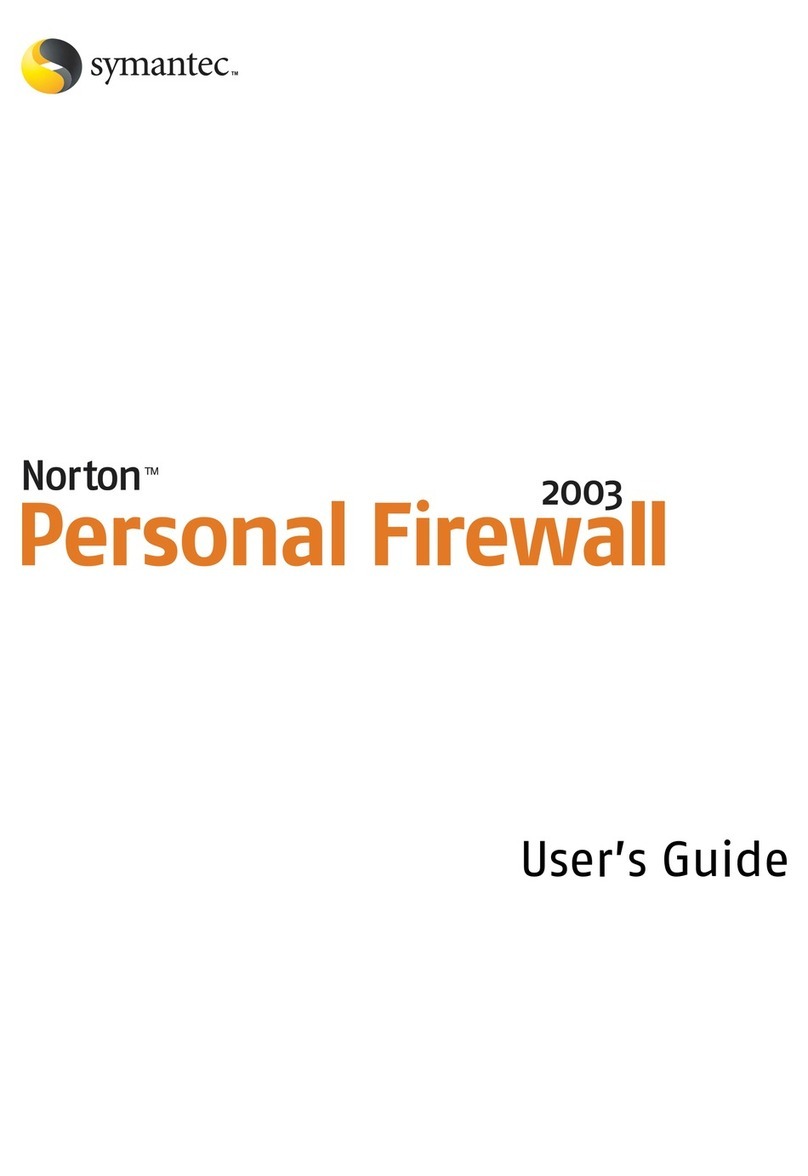
Symantec
Symantec Norton Personal Firewall 2003 user guide

Cisco
Cisco CRS-1 - Carrier Routing System Router Administration guide

Symantec
Symantec 10097944 - 10PK NORTON ANTIVIRUS 2004 user guide
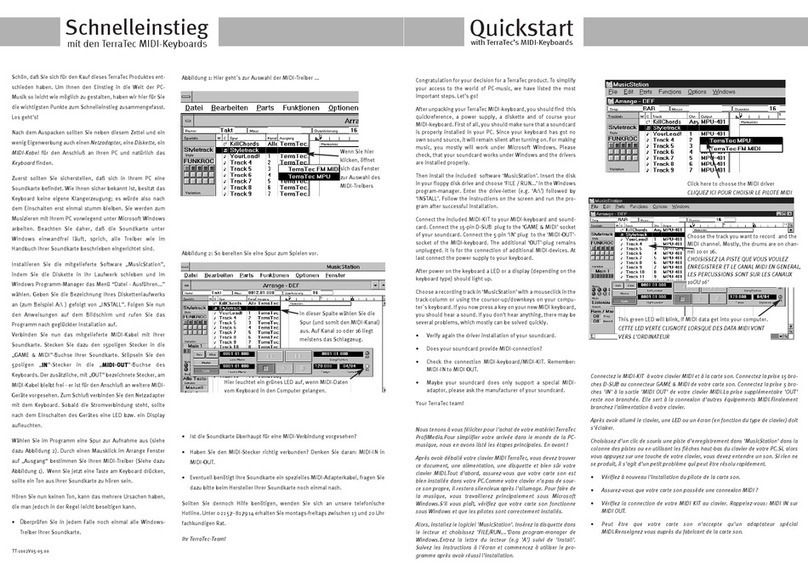
TerraTec
TerraTec MIDISmart Midi Keyboard quick start guide

Canon
Canon 3421B001 - FS200 32GB Flash Memory Camcorder instruction manual
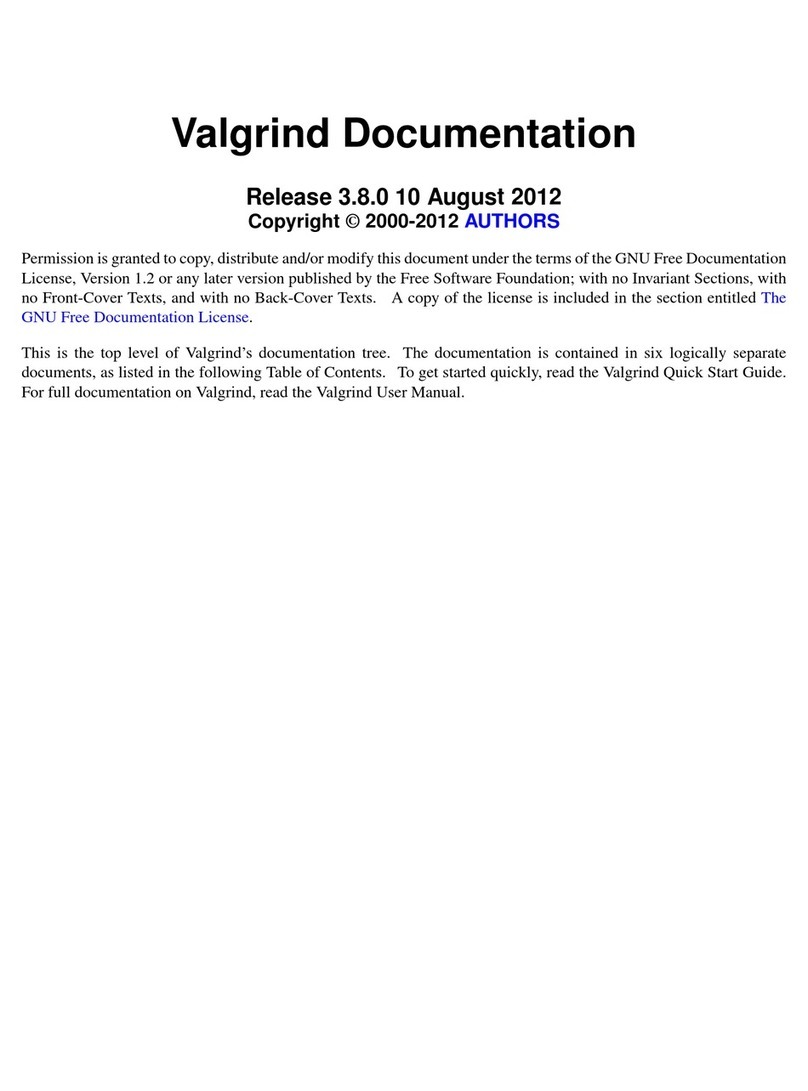
Valgrind
Valgrind Software quick start guide
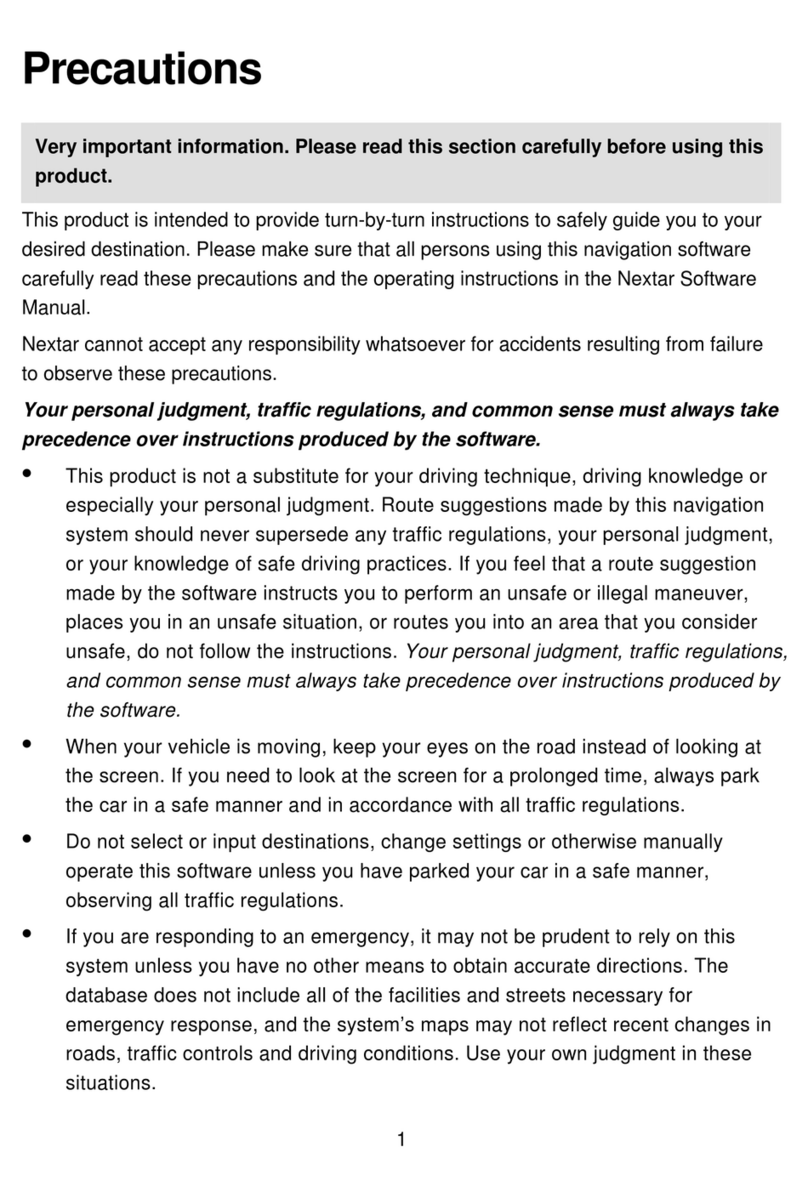
Nextar
Nextar Q4 series Software guide

Antares
Antares Auto-Tune 5 owner's manual

Red Hat
Red Hat NETWORK 4.1.0 - manual

F-SECURE
F-SECURE ANTI-VIRUS FOR MICROSOFT EXCHANGE 9.00 Deployment guide
